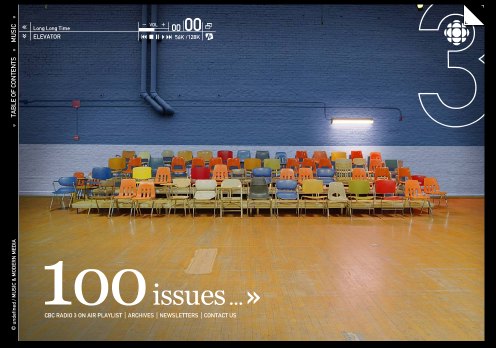iPod’s Popular Earbuds: Hip Or Harmful? is one of a number of articles on hearng loss and iPods. The problem is the length of time people listen to iPods (they last longer than earlier devices like the Walkman), the lack of distortion at the high range (analogue devices would distort at the high end), and the bud-type earphones that further raise the volume. In Europe the iPods are sold with the a lower maximum volume for these reasons. See also Macworld UK – Experts warn of iPod hearing loss.
I’ve found myself listending at almost full volume, especially in noisy situations where I want drown out sound. Hmmm …. What did you say? Speak up.



